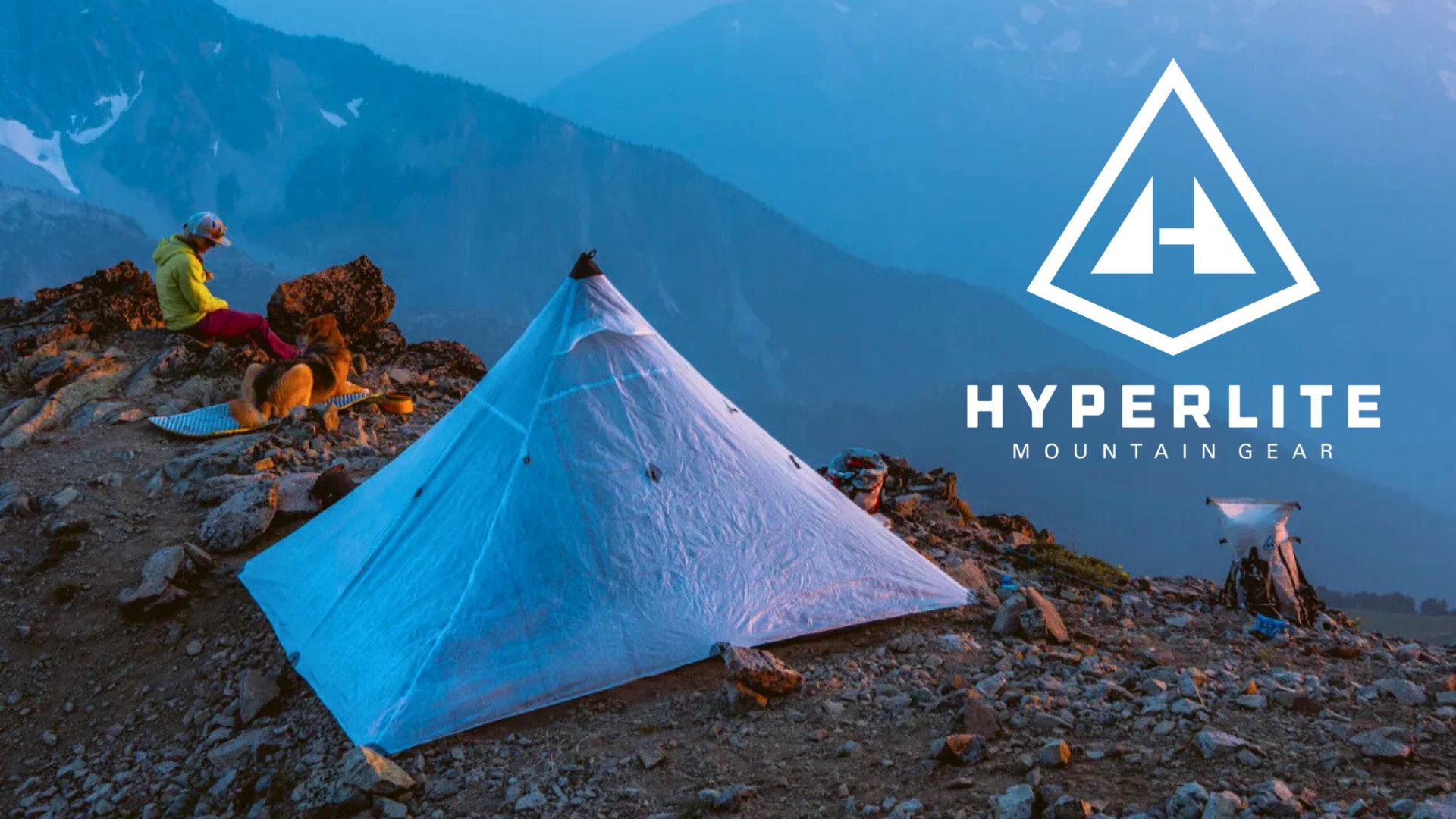Topic
An idea for improving the warmth-to-weight of an Apex quilt – feedback please!
Forum Posting
A Membership is required to post in the forums. Login or become a member to post in the member forums!
Home › Forums › Gear Forums › Make Your Own Gear › An idea for improving the warmth-to-weight of an Apex quilt – feedback please!
- This topic has 27 replies, 9 voices, and was last updated 4 years, 2 months ago by
 Jerry Adams.
Jerry Adams.
-
AuthorPosts
-
Nov 25, 2020 at 1:17 am #3685656
Air stability. Minimize convective movement. Love this discussion, but focus: it’s not just air volume – keep it from moving around.
This is why the crinkly and sort-of-heavily-baffled construction of the Patagonia Micro Puff garments work so well.
Nov 29, 2020 at 10:27 pm #3686442The only thing I don’t like about Apex is its lack of compressibility. I like the 5.0 and I have mine cut so that my 6’1” self is plenty warm with a 20oz quilt. But it is bulky in my pack compared to down, even compared to my Kelty Cosmic 20, which is 600FP.
If one could find a way to improve the loft of the lower weight apex products somehow, that would be awesome. Maybe one could do this “apple pie” woven strips idea with Apex 3.6 and achieve lofts similar to 5.0 or better?As others say, I would fear the woven material falling apart pretty quickly. I would hate to be the one cutting and weaving the strips too.
Nov 30, 2020 at 8:43 am #3686463I just looked at Patagonia micropuff
it uses pluma fill synthetic insulation
“Revolutionary lightweight PlumaFill insulation replicates the structure of down in a continuous synthetic insulation material, offering the warmth and packability of down but with the warm-when-wet performance of synthetic insulation”
I wonder if that really works. How did they measure and how does it compare to conventional insulation like Apex or down.
“Warmth of PlumaFill is equivalent to around 650 fill. PrimaLoft Gold Insulation Eco, on the other hand, is equivalent to .62 dry CLO value and roughly corresponds to 500 fill.”
“Nano Puff uses 1.4-oz 20-denier for shell and 1.3-oz 22-denier for lining fabrics (both w/ DWR); whereas Micro Puff uses 0.7-oz 10-denier Quantum Perfex w/ DWR for both shell and lining.”
“As a result, Micro Puff sits at 235 g (8.3 oz) compared to Nano Puff’s 337 g (11.9 oz). Which is nearly 100 grams (3.5 oz) of extra weight.”
So, most of the difference between nanopuff and micropuff jacket is the face fabric, but the plumafill insulation is a little better.
Maybe plumafill is similar to Primaloft Gold (aka One) which is a little better than regular synthetic but you’re supposed to put in more quilting to stabilize it. The micropuff does have a lot of quilting rows of stitches compared to a regular synthetic jacket with no quilting.
-
AuthorPosts
- You must be logged in to reply to this topic.
Forum Posting
A Membership is required to post in the forums. Login or become a member to post in the member forums!
LAST CALL (Sale Ends Feb 24) - Hyperlite Mountain Gear's Biggest Sale of the Year.
All DCF shelters, packs, premium quilts, and accessories are on sale.
Our Community Posts are Moderated
Backpacking Light community posts are moderated and here to foster helpful and positive discussions about lightweight backpacking. Please be mindful of our values and boundaries and review our Community Guidelines prior to posting.
Get the Newsletter
Gear Research & Discovery Tools
- Browse our curated Gear Shop
- See the latest Gear Deals and Sales
- Our Recommendations
- Search for Gear on Sale with the Gear Finder
- Used Gear Swap
- Member Gear Reviews and BPL Gear Review Articles
- Browse by Gear Type or Brand.



